regret!Many industrial heritage along the Yijiang River in Shanghai have been demolished, and relevant departments responded →
Author:Jiefang Daily Time:2022.09.04
The cake machine that was used to produce the new China coin, the "Fearless" flashlight of the Republic of China, the Qinghua heads produced in 1920, and the recovery scene of the Shanghai Lantern Bubble Factory workshop ... Recently, the Suzhou River Industrial Civilization Exhibition that has been transformed and improved in the past year The museum will be "transformed" and will be reopened in the middle of this month. The audience can feel the prosperity of the industrial prosperity of the industrial industry on both sides of the Suzhou River.
Shanghai is the birthplace of modern China, with a large number of industrial heritage with a wide range of industrial heritage. Data show that the number of industrial heritage that was continuously distributed along the "One River and One River" on both sides of the "One River and One River" accounted for 70%of the city's total. However, many members of the CPPCC found that many industrial heritage along the coast of "One River and One River" have been demolished after investigating on the spot.
"Especially the industrial heritage along the coast of Suzhou River has changed from the original film to one point, which is a pity." Since 2019, Wu Rongmei and other CPPCC members have participated in the research research and visited and collected all the way. All existing industrial heritage along the coast. On the basis of the investigation, she proposed a proposal with more than 80 members to call on the government to coordinate the protection and development of industrial heritage. Recently, relevant suggestions have been actively responded to the undertaking department.
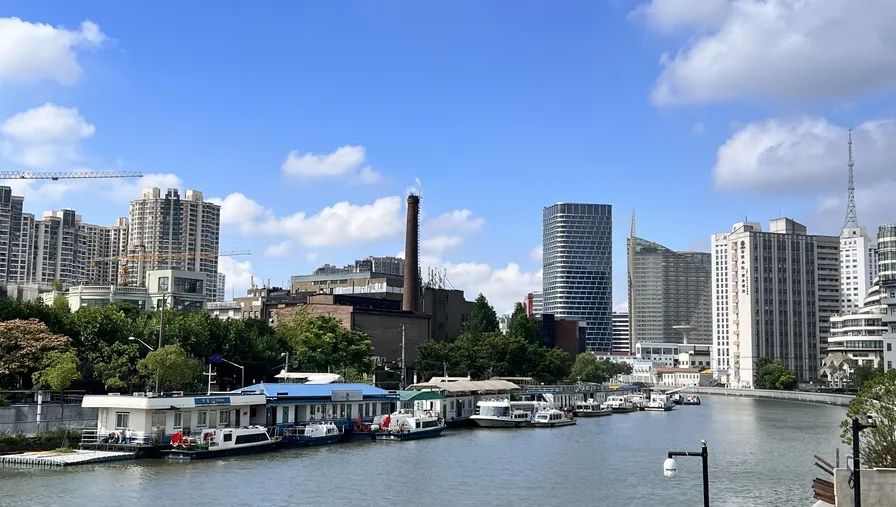
Protecting the status quo is not optimistic
"This year we held the" One River, One River "coastal industrial heritage photography contest for the first time. It has received more than 8,000 groups of works. Many people have tracked the Shanghai Industrial Heritage for 30 years." Wu Rongmei, who has been concerned about Shanghai Industrial Heritage for many years, talked about this topic. She told reporters that her attention to the industrial heritage originated from the "Shanghai Industrial Heritage Record" published by the Shanghai Cultural Relics Bureau in 2009, which includes 290 Shanghai Industrial Heritage, including profile, position, address and factory building, and factory building, and factory buildings. The photos of the device and the detailed distribution map, "These are the legacy that makes us very proud."
Shanghai is the birthplace of my country's modern ethnic industry. my country ’s textiles, shipbuilding, machinery, tobacco, rubber, watches, optics and other industries all originate from Shanghai. Data show that in the 1930s, Shanghai's industrial output value accounted for 30%to 40%nationwide. After the 1950s, there were 141 of the 143 industrial categories of the Chinese national economy. It was the largest and most complete industrial city in China. In 2015, the Municipal Cultural Relics Bureau announced as many as 300 existing industrial heritage in Shanghai.
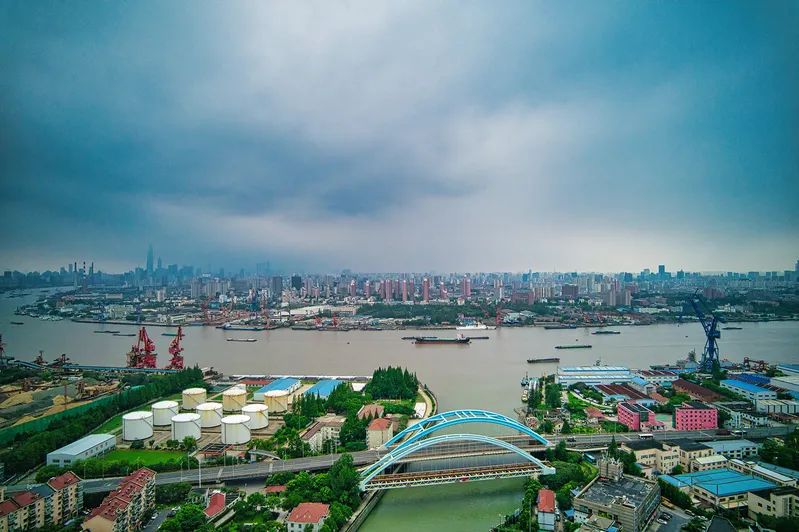
The industrial heritage carries rich urban memory and also reflects the character and temperament of the city. "The industrial culture of Shanghai has played a very important role in the formation of the characteristics of the city." Wu Rongmei said that now everyone mentioned that the equality of men and women, the spirit of contract, etc., is also related to the earliest factory and industrial workers in Shanghai.
However, the current situation of the protection of Shanghai Industrial Heritage is not optimistic. "We have walked several times along the coast of Suzhou River. It was indeed a film. Now we can see a point for a long time. Only the original flour factory, matchmaker, mint, etc. are left." Wu Rongmei bluntly stated that nearly 10 Over the years, the stock of industrial heritage in Shanghai has shown a decreased trend, especially the number of industrial heritage by the Suzhou River has been finging. Data show that in 2009, there were more than 100 industrial relics along the 18th Bay of the Suzhou River, and now less than one -third of them are left.
What is even more regrettable is that even some old industrial buildings that are retained, there is only a empty shell. Members participating in the survey found that some industrial heritage has dismantled the machinery and equipment of the original old factory buildings and sold them. For example, there have been beer plants to remove a set of old -fashioned assembly line equipment as waste copper. 10,000 yuan re -made a new set of pawns. The members believe that the industrial heritage cannot be destructive, and it cannot be cleared all. At least it must be retained with some old equipment carrying memory.
It is worth mentioning that the workers' movement on both sides of the Suzhou River also left a rich red cultural resources. In 2021, Dong Chunxin, a professor at the School of Fine Arts of Shanghai University, led students to rescue the deeds of the workers who collected the Shanghai Shipyard and found that there were early members of the Communist Party of China and martyrs of the shipyard. They set up the stories of these revolutionary martyrs and labor models. High praise with family members.
Wu Rongmei recalled that at the time, many old employees were collected for exhibitions. "Some old employees were sitting in wheelchairs to watch the exhibition. They felt that their contributions to urban development were not forgotten by history." Members of Liu Maozhang also suggested that the red cultural resources on both sides of the Suzhou River should be more protected, developed and inherited by the red cultural resources on both sides of the Suzhou River, and promoted the red tradition and inherited the red gene. Empower.
Development is also industrial transformation
Talking about the difficulties of industrial heritage protection, the construction property rights and government departments often have a concern: once it is determined to be protected, it is "not easy to develop." Therefore, some people believe that in Shanghai, which is gold, the protection of industrial heritage is "luxury". In 2020, when the reporter participated in a special symposium held by the Municipal Committee of the CPPCC, a relevant person in charge of a government department asked: Will the construction of the industrial heritage list of the industrial heritage brought inconvenience in development?
In this regard, members believe that protection is not to be developed, and the two are not opposing relationships. The essence of protection is to update the original texture of the building. During the survey, everyone found that compared with the Suzhou River, the industrial heritage along the Huangpu River was better protected, especially Yangpu Binjiang, there are still 26 old factories and industrial texture that have not been destroyed. Wu Rongmei was very impressed by the Yangshu Po Plant. Although it was updated, the old units inside were not demolished, and the museum was used to exhibition. What's even more rare is that this 100 -year -old water plant still assumes the function of supplying water for the citizens. It is these retained old buildings that constitute the basis of the proposal, and also give the members of the confidence that the members are calling for. The M50 park is one of the outstanding representatives. This park covers an area of 35.45 acres on the banks of the Suzhou River. It is the former site of the Xinhe Said Factory. The factory area has more than 40,000 square meters of industrial buildings from different historical periods from the 1930s to the 1990s. Essence Today, this has become a creative park that attracts more than 100 art institutions in more than 10 countries.
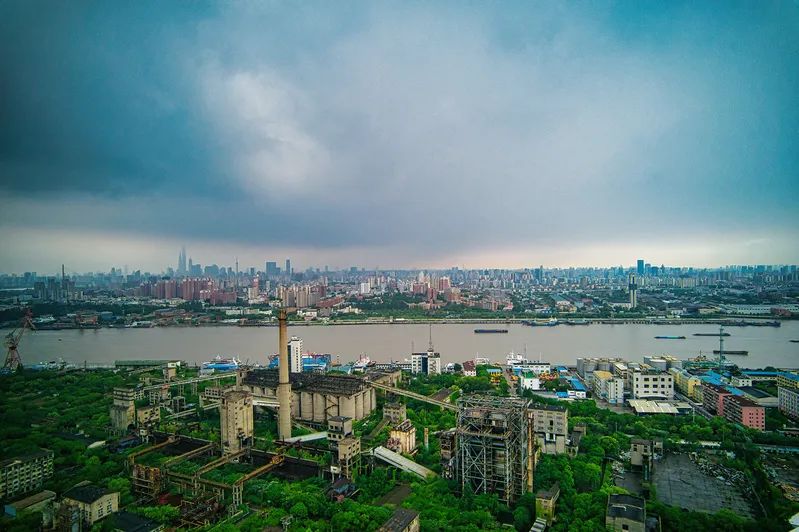
"After the rough spinning factory stopped in the 1990s, many artists came here to open the studio. After more than 20 years of development, the art ecology of the park is gradually formed." The artist who settled in was moved into the park in 1997. Like most artists, her consideration is that "the factory space is large, the rent is cheap, and it is conducive to creation", and "the more you look at the broken place, the more it will cause the artist's interest and stimulate inspiration."
M50 Creative Park Mao Zemei Photo

Mao Zimei also participated in the appearance protection and planning transformation of the M50 park. "Over the years, the overall form of the factory area has not changed much. We have retained the previous meter room, water tower, textile workshop, etc. This is determined by us at the beginning of design. We must protect the characteristics of the original building. This is the charm of the park. "
Of course, only architecture is not enough. Due to the high cost of operation and maintenance of industrial heritage protection, if there is a lack of good "hematopoietic" mechanism, it will be unsustainable. In Mao Zemei, the protection and development of the M50 can be regarded as the process of industrial transformation. From workers to artists, from the textile industry to creative industries, through macro -planning and detailed transformation to create a good ecology.
"Now, many big coffee -level artists and top galleries are settled here, as well as various creative studios." Mao Zemei said proudly that there are related activities related to galleries, new media, and fast fashion products here. "Fashion+retro" has also further attracted more artists and art institutions.
M50 Creative Park Mao Zemei Photo
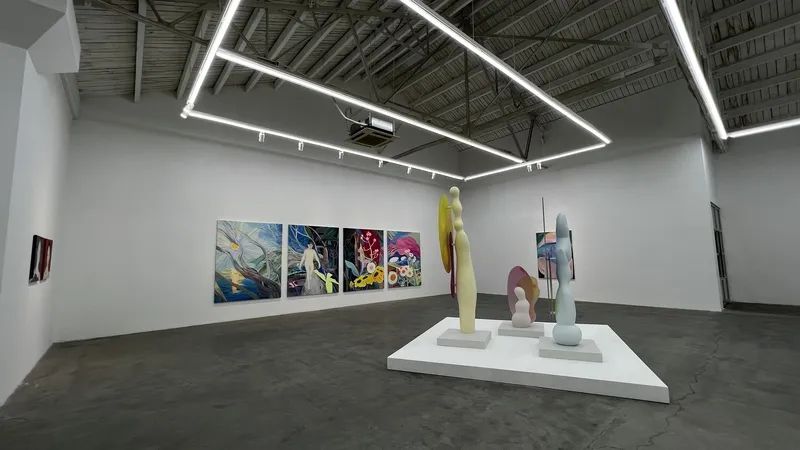
"From the perspective of the development and utilization model, there are currently many art galleries and creative industries, and most of the construction areas of industrial plant areas of small and medium -sized scale are reconstructed or reused." Zhang Song, a professor of Tongji University, who studied industrial heritage for many years, told reporters Due to the high operating costs of art space, it is difficult to sustain the government's investment alone, and finally rely on market mechanisms and surrounding commercial development. "At present, domestic cultural needs are still not as sufficient as some developed countries in foreign countries. Culture and business must maintain the proportion of acceptance in investors. This requires corresponding supporting policies to further activate the cultural and art industry and provide more support for industrial heritage space operations. "
Preparation of Shanghai Industrial Museum
If the demolition of industrial buildings in the past has broken the "film" into "dots", then the protection development and utilization of industrial heritage in Shanghai today is the process of re -"beading into chain". In this sense, the significance of an old building has surpassed a certain point and rose to the component of the overall environment of the "One River and One River" waterfront space.
"We spent so strongly to realize the public space of 'One River, One River' along the coast, this is a very difficult result." Wu Rongmei said that in order to do better, the future waterfront space should not be just urban parks, and it should be improved. Its humanity allows people not only to walk, but also willing to stop. Listening to the story of this city, industrial heritage is the most suitable carrier.
This view was recognized by multiple members. The members suggested that the vacant factory building combines the museum model and public recreation space model with shopping tourism to design the "One River, One River" industrial cultural tourism line. By digging the development history of Shanghai Industry, the public recognizes it in the "One River, One River" tour to recognize it. Know history and activate industrial heritage with creativity.
However, because the protection of industrial heritage also involves issues such as property rights, the implementation of the planning level is required to coordinate different departments, and because the overall functional positioning of some areas is not clear, it has not formed an independent protection mechanism. It's not small. The members suggested that the Ruhr District Government of Germany specially set up an executive agency, and the government is protected by the government's overall industrial heritage. The government can plan and develop the scattered spots in accordance with the principle of regional integrated development through financial support or acquisition of industrial land within its administrative boundary.
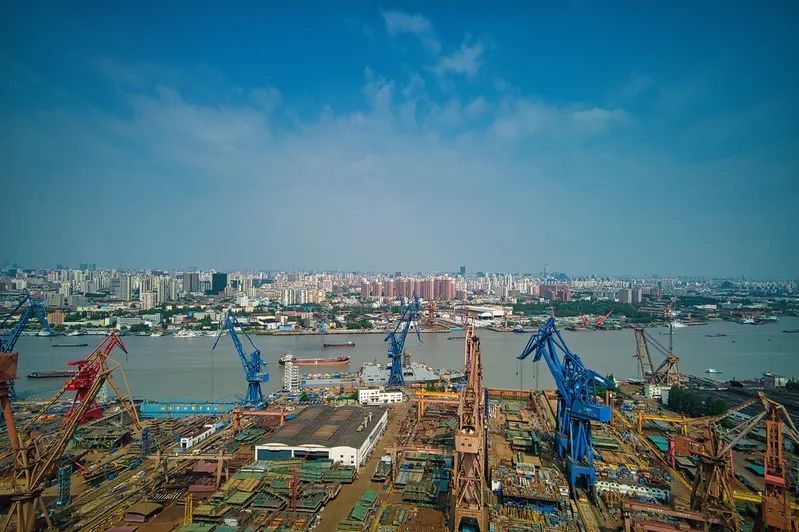
recent
Relevant suggestions have been actively responded by government departments
↓
The Municipal Cultural Tourism Bureau stated that the next step will further accelerate the protection and utilization of industrial heritage based on the coast of "One River and One River" as the core, and strengthen the integration and development of industrial tourism and waterfront landscape tourism represented by industrial heritage. Fully tap industrial heritage with industrial tourism development on both sides of the "One River and One River", innovate the development and utilization model of industrial tourism resources, and form a waterfront industrial tourism development area with industrial scale, agglomeration effect, brand influence, and tourism attractiveness. Industrial Tourism Boutique route. M50 Creative Park Mao Zemei Photo
The members believe that the museum is one of the main carriers of cultural display and tourism. It is recommended to learn from foreign experience and create a group of modern industrial museums in Shanghai. In a proposal, the Social Farewell of the CPPCC ’s Nine Three Studies also recommends the construction of the Shanghai Industrial Museum to comprehensively and systematically display the development of Shanghai's industrial development. In the exhibition positioning, the Shanghai Industrial Museum should build a large -scale comprehensive industrial museum that retains industrial civilization, carry the epitome of urban culture, highlight the spirit of China's industrial spirit, domestic first -class and international influence, and show the system, complete and vividly to display Shanghai in various fields in Shanghai. The result of manufacturing.
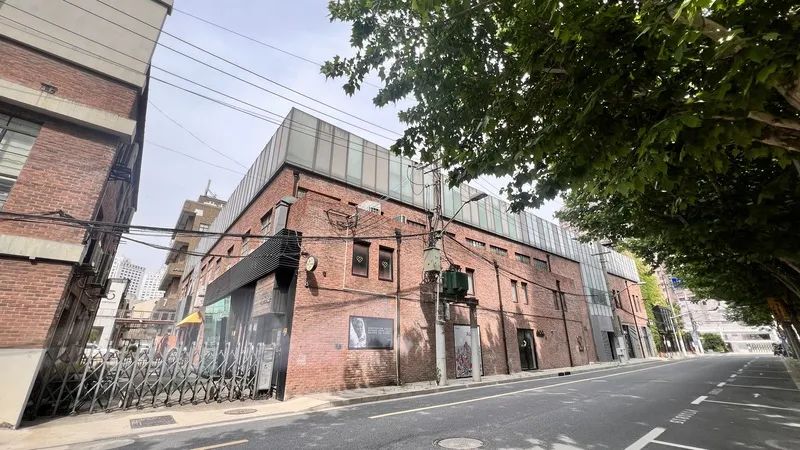
At the recent proposal for the proposal held by the CPPCC, this proposal was actively responded by relevant departments. The Municipal Economic Information Commission stated that in the next stage, it will work with the Cultural Tourism Bureau and other relevant committees to build a world -class museum standard, to build new landmarks, the bearing place for industrial memory, and the living room of industrial culture to create a living room to create a living room to create a living room to create a living room for industrial culture to create a living room to create a living room for industrial culture to create a living room to create a living room for industrial culture to create a living room to create a living room for industrial culture to create a living room to create a living room to build a living room for industrial culture to create a living room to build a living room to build a living room for industrial culture. The important windows of Shanghai's industrial development are focused on the goal, strengthen coordination and coordination, do a good job of research and planning, and orderly and stable to promote the preparation of the Shanghai Industrial Museum.
The original manuscript of Jiefang Daily · Shangguan News, reprinting without permission
Author: Gu Jie
WeChat Editor: Antong School Division: Rong

- END -
Mid -Autumn Festival small holidays are nearly released, and the policy of returning to the countryside is reminded

This week is the Mid -Autumn Festival holiday. Recently, the national epidemic is ...
"Practicing the Volunteer Spirit to Build a Wonderful Team"

In order to give full play to the role of Lei Feng volunteer service advanced typi...